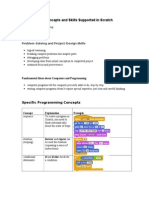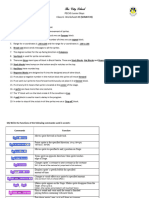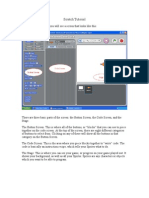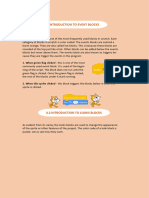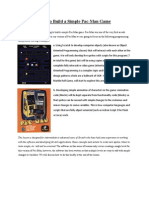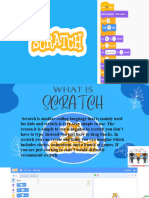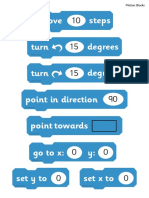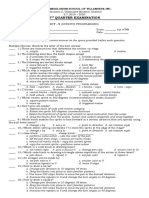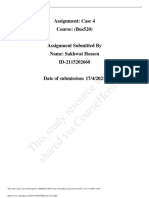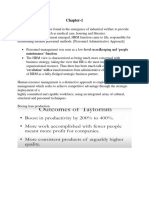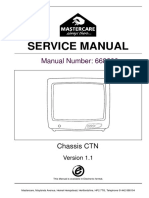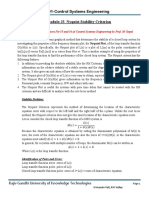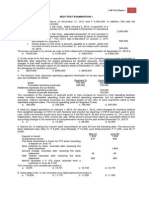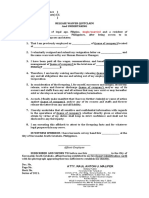0% found this document useful (0 votes)
15 views7 pagesControl Block (Class 4)
Control blocks in Scratch are essential for sequencing actions, creating loops, making decisions, and managing timing in projects. They allow for efficient script execution, including features like waiting, repeating, and handling conditions. Additionally, control blocks facilitate the creation and management of clones, enabling complex interactions in interactive projects.
Uploaded by
Ashekin MahadiCopyright
© © All Rights Reserved
We take content rights seriously. If you suspect this is your content, claim it here.
Available Formats
Download as DOCX, PDF, TXT or read online on Scribd
0% found this document useful (0 votes)
15 views7 pagesControl Block (Class 4)
Control blocks in Scratch are essential for sequencing actions, creating loops, making decisions, and managing timing in projects. They allow for efficient script execution, including features like waiting, repeating, and handling conditions. Additionally, control blocks facilitate the creation and management of clones, enabling complex interactions in interactive projects.
Uploaded by
Ashekin MahadiCopyright
© © All Rights Reserved
We take content rights seriously. If you suspect this is your content, claim it here.
Available Formats
Download as DOCX, PDF, TXT or read online on Scribd
/ 7









